What is RAM?
RAM( Random Gain access to Memory) is a component that permits your computer to store data temporarily for faster access. Due to the fact many businesses count on memory, the amount of RAM you have installed takes on a crucial role in the acceleration of system performance.
Every program that you open, while working away at your computer , fills the recollection with data. This kind of data in the key memory, which is temporarily trapped in the RAM modules, is processed by the computer ‘s processor– also known as the CPU( Central Processing Unit).
Some sort of small portion of the MEMORY blocks is employed as the cache recollection. It is attached right to the cpu and allows specifically fast access to data. RAM is extremely cheap and simple to upgrade. This can be a common practice to breathe new life into an elderly PC with more RAM.
Both the types of RAM that are in use today are -DDR3- SDRAM and DDR4- SYNCHRONOUS DYNAMIC RANDOM ACCESS MEMORY. They are standardised by JEDEC. SYNCHRONOUS DYNAMIC RANDOM ACCESS MEMORY is short for Synchronous Energetic Random Access Recollection, i. e. MASS with a time rate specified by a memory control mechanism.
With DDR- SDRAM( Double Files Rate), data is transmitted on the rising and slipping edge of the clocksignal which speeds up communication between the recollection chip and the memory controller present in the cpu. The clock is doubled in the DDR3- SYNCHRONOUS DYNAMIC RANDOM ACCESS MEMORY. With DDR4- SDRAM the time frequency of the memory chips is higher compared to theDDR3- SDRAM.
DDR3- SDRAM is typically used today in lower- rate computers. The recollection types GDDR4 and GDDR5 used in current graphics greeting cards are both changes of DDR3- SDRAM. In pcs, the keymemory is usually mounted as DIMMs( Dual In- line Memory Modules), while more compact AND SO – DIMMs( Small Outline Dual In- line Memory Modules) are widely- used in notebooks. Throughout some devices, the key memory is also soldered onto the mainboard and should not be replaced or enhanced.
